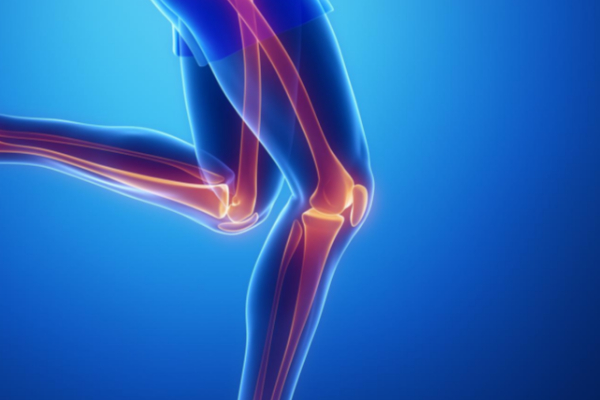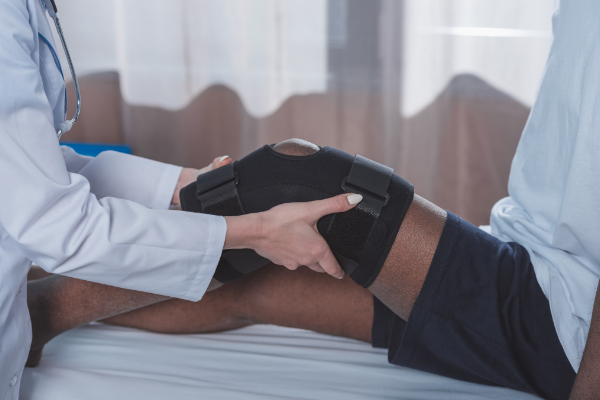Knee Arthroscopy
Knee arthroscopy is a minimally invasive keyhole surgical technique used to diagnose and treat a wide range of knee problems. Because it requires only small incisions, it offers faster recovery, less pain, and fewer complications compared to traditional open surgery.
This page explains what knee arthroscopy surgery involves, the conditions it can treat, how to prepare for surgery, and what to expect during recovery.

What is Knee Arthroscopy?
Knee arthroscopy is a procedure where a surgeon uses a small camera (arthroscope) to look inside the knee joint. The camera transmits images to a screen, allowing the surgeon to diagnose problems and perform precise treatments using miniature instruments.
It is one of the most common orthopaedic procedures in the UK and is typically performed as a day case, meaning most patients go home the same day.
Conditions Treated with Knee Arthroscopy
Knee arthroscopy can be used to diagnose and treat a variety of conditions, including:
- Meniscus tears
- ACL or ligament injuries
- Cartilage damage
- Loose bodies (small fragments of bone or cartilage in the joint)
- Patella (kneecap) problems
- Inflammation of the knee lining (synovitis)
Benefits of Knee Arthroscopy
Compared to open knee surgery, arthroscopy offers:
- Smaller incisions and less scarring
- Reduced pain after surgery
- Faster recovery times
- Lower risk of complications
- Day case procedure with no overnight stay in most cases
Preparing for Knee Arthroscopy
Before undergoing knee arthroscopy, your consultant surgeon will:
- Take a full medical history and examine your knee
- Order scans such as MRI or X-rays if required
- Explain the procedure, risks, and expected outcomes
- Recommend pre-operative physiotherapy in some cases
The Knee Arthroscopy Procedure
Before
- Performed under a general or spinal anaesthetic
- Two or three small incisions made around the knee
- Arthroscope inserted to view the joint
- Specialised instruments used to repair or remove damaged tissue
After
- Most patients discharged the same day
- Knee bandaged and supported
- Pain relief medication and advice on swelling management provided
Recovery After Knee Arthroscopy
Short-Term Recovery
- Crutches may be needed for a few days
- Return to office-based work within 1–2 weeks (depending on procedure)
Rehabilitation Timeline
- 0–6 weeks: Light physiotherapy, focus on motion and swelling control
- 6–12 weeks: Strengthening and stability exercises
- 3–6 months: Return to sport or physically demanding activities
Recovery time varies depending on the type of knee problem treated.

Risks and Complications
Knee arthroscopy is generally safe, but possible risks include:
- Infection
- Blood clots
- Stiffness or swelling
- Nerve or vessel injury (rare)
- Recurrence of symptoms in some cases
Why Choose Mr Mark Webb for Knee Arthroscopy?
Choosing an experienced consultant orthopaedic knee surgeon ensures:
- Accurate diagnosis using advanced imaging and arthroscopic techniques
- Personalised treatment tailored to your condition
- Access to structured rehabilitation programmes
- The best outcomes for knee stability, strength, and long-term health
Frequently Asked Questions
What is knee arthroscopy, and why is it performed?
Knee arthroscopy is a minimally invasive surgical procedure that allows your surgeon to look inside your knee joint using a small camera and treat problems such as meniscus tears, cartilage damage, loose fragments, or ligament injuries. It is performed through tiny incisions, which means less pain, faster recovery, and smaller scars compared to open surgery.
How do I know if I need knee arthroscopy?
You may be a candidate if you have ongoing knee pain, swelling, locking, or instability that does not improve with rest, physiotherapy, or medication. Arthroscopy may also be recommended if scans show damage to cartilage, meniscus, or ligaments that could be treated surgically.
What does recovery from knee arthroscopy look like?
Recovery times vary depending on what was treated during surgery. Many people can walk with support soon after the procedure and return to desk-based work within a few days. For more active jobs or sports, recovery may take several weeks to months, depending on the extent of the repair and your rehabilitation programme.
What are the risks of knee arthroscopy?
Knee arthroscopy is generally very safe, but possible risks include infection, stiffness, blood clots, or persistent pain. In some cases, symptoms may not fully improve if there is advanced arthritis or more complex joint damage.
When can I return to sport or exercise after knee arthroscopy?
Light activities such as walking or cycling can often begin within a few weeks. Higher-impact activities, such as running, football, or other sports, may take several months. Your surgeon and physiotherapist will guide you on a safe timeline based on your procedure and progress.

